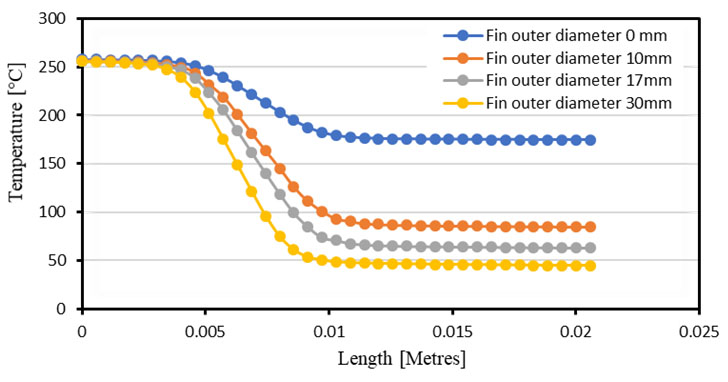Cademix Institute of Technology, Vienna, Austria | +43 650 967 7080 | info@cademix.org


Cademix Institute of Technology
Job seekers Portal for Career Acceleration, Continuing Education, European Job Market
People also visited:
Strategies to Manage Gossip During Training for Foreign Job Seekers
Repair a Concrete Floor
SEO-Optimierung für mehrsprachige Websites: Ein umfassender Leitfaden
Challenges in 3D Medical Imaging Reconstruction: Factors and Considerations
How AI is Shaping Mobile App Development
Optimizing SEO for Multilingual Websites: A Comprehensive Guide
Conditional Offers and Legal Pitfalls: Ensuring Fairness in Recruitment
Comparing Industrial Machinery Manufacturing Iran and Germany’s Food Processing
Optometry Jobs and Career Opportunities for 2024: A Comprehensive Guide
Walk-In Eye Exams: What to Look for and Critical Considerations
Biofinity Contact Lenses: A Guide to Comfort and Performance
KI-gesteuerte prädiktive Wartung in Hochspannungsstromsystemen
Navigating Digital Age Customer Expectations and Response Times
Interior Design Consultation with SketchUp as a Tool for Enhanced Client
International Applicants in Europe: Psychological Barriers and Adaptation Strategies
Production of Lipstick
Optimizing Efficiency in High-Voltage Power Transmission for Renewable Energy Integration
Pectin Extraction – A Review
Arduino-Based Study on the Effect of Different Parameters on Cooling of Water
Electrochemical Biosensors: Revolutionizing Point of Care Diagnostics- An Overview
The Role of Photovoltaics in Achieving Energy Independence
Confidentiality during Job Training: A Guide for Employers
Redefining University Admissions Criteria: Creativity and IQ Tests as the New Benchmark
Simulation and modeling techniques for energy optimization
People also visited:
EB-1 Visa Acceleration Program - NIW Professional Immigration to United States
AI-Driven Predictive Maintenance in High-Voltage Power Systems
Agricultural Education Policy
The User Research Role in Shaping User-Centric Mobile Apps
Role of Augmented Reality in the Future of Design
Openai: Leading the Future of Artificial Intelligence
5 simple social Hacks for better likability
Comprehensive Guide to Resume Template Download: How to Find, Download, and Customize for Job Applic...
How to create animation in Matlab?
How to Become an Optometrist: A Comprehensive Guide for Job Seekers
Comparative Analysis of Material Platforms for Integrated Quantum Photonic Circuits: Silicon Photoni...
Difficulties of Voluntarily Rescuing Stray Dogs in Iran
Improving Communication Skills with GPT-4o: Applications for Real-Time Personal and Professional Gro...
Design Home and Apartment for Pandemic Time
Comprehensive Guide to Free CV Template Word: How to Find, Download, and Customize Them
How do Ion-Selective Electrodes Regulate Diseases? A Comprehensive Review
Discreet Censorship Approach to Maintaining a Healthy Social Media Community
3D rendering in the construction industry
The Impact of TinkerCAD and FreeCAD in the Industry
The New Standards of Digital Content Responsibility: Why Users Must Take the Lead
3D Rendering in Real Estate Sector
The End of Content Labeling? Why the Future of Media Lies in User Interpretation
Comprehensive Guide to ATS-Friendly CV Templates: How to Create, Customize, and Use ATS-Compatible C...
Workplace Probationary Period in Europe: 2024 Update Guide for International Job Seekers


